Home>Maintenance & Safety>Pest Control Solutions>How To Organize A Fly Box
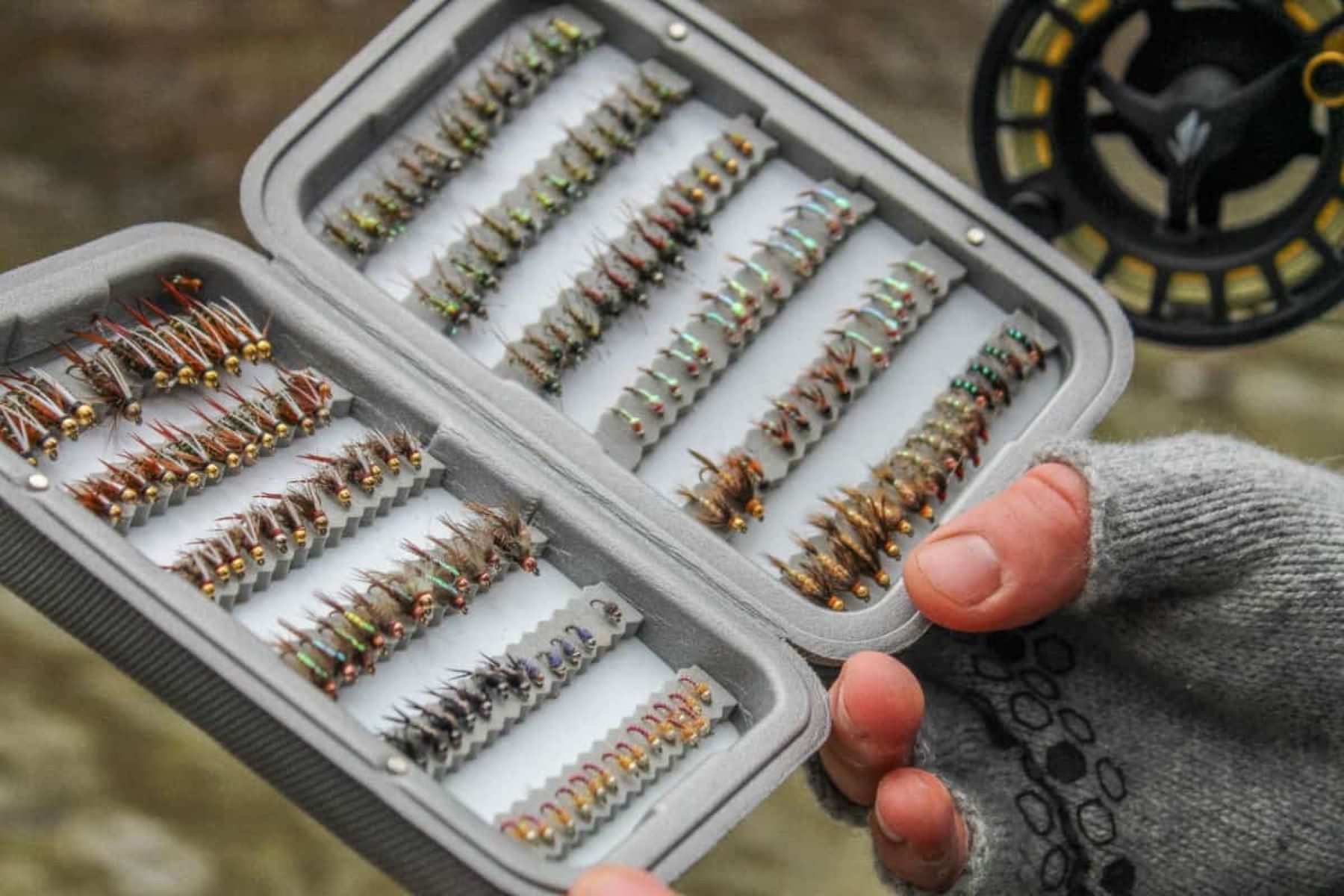

Pest Control Solutions
How To Organize A Fly Box
Published: March 2, 2024
Learn how to organize a fly box with our expert tips and pest control solutions. Keep your fishing gear tidy and ready for action.
(Many of the links in this article redirect to a specific reviewed product. Your purchase of these products through affiliate links helps to generate commission for Storables.com, at no extra cost. Learn more)
Introduction
Are you tired of fumbling through a disorganized mess of flies every time you go fishing? Organizing your fly box can save you time and frustration on the water, allowing you to focus on what you love most – catching fish! In this guide, we'll walk you through the step-by-step process of organizing your fly box to make your next fishing trip a breeze. Whether you're a seasoned angler or just starting out, these tips will help you keep your flies in order and ready for action.
Key Takeaways:
- Keep your fly box organized by categorizing flies based on type, size, color, and fishing location. This makes it easier to find the right fly for any fishing conditions, saving time and enhancing your fishing experience.
- Arrange your flies systematically within the fly box by grouping them, coordinating by size and color, utilizing fly patches, and avoiding overcrowding. This maximizes accessibility, minimizes damage, and streamlines the selection process.
Read more: How To Get Rid Of Flies In The Litter Box
Selecting the Right Fly Box
When it comes to organizing your flies, the first step is to choose the right fly box. There are various types of fly boxes available, each with its own unique features and benefits. Here are some factors to consider when selecting the right fly box:
-
Size: Consider the number of flies you typically carry and the size of the flies. If you have a large collection of flies, opt for a larger box with multiple compartments. For smaller collections, a compact box may suffice.
-
Material: Fly boxes are commonly made of plastic, metal, or foam. Plastic boxes are lightweight and durable, while metal boxes offer extra protection. Foam boxes are great for holding barbless flies securely.
-
Waterproofing: If you fish in wet conditions or near water, a waterproof fly box is essential to protect your flies from moisture and rust.
-
Visibility: Choose a fly box with a clear lid or compartments for easy visibility of your flies. This makes it easier to locate the fly you need without having to open every compartment.
-
Portability: Consider the size and weight of the fly box, especially if you hike to your fishing spots. A compact, lightweight box is ideal for on-the-go anglers.
By considering these factors, you can select a fly box that suits your specific needs and ensures that your flies are organized and well-protected.
Categorizing Your Flies
Categorizing your flies is a crucial step in organizing your fly box effectively. By grouping your flies into specific categories, you can quickly locate the right fly for the fishing conditions. Here are some common categories to consider when organizing your flies:
1. Fly Type
Separate your flies based on their type, such as dry flies, nymphs, streamers, and emergers. This classification allows you to access the appropriate fly for the water's surface conditions and the behavior of the fish.
2. Size and Color
Organize your flies by size and color to match the hatch and the natural prey available to the fish. Grouping similar-sized and colored flies together makes it easier to select the right pattern for the prevailing conditions.
Read more: How To Organize Shipping Boxes
3. Fishing Location
If you frequently fish in different locations, consider categorizing your flies based on the specific fishing spots. For example, you can have separate sections for river flies, lake flies, or saltwater flies, ensuring that you have the right patterns for each environment.
4. Seasonal Patterns
Arrange your flies according to the seasons and the prevalent insect hatches. This allows you to prepare for specific hatches and fishing conditions that are common during certain times of the year.
5. Specialized Flies
If you have specialized flies for targeting specific fish species, such as bass, trout, or pike, create dedicated sections for these patterns. This ensures that you have the right flies for targeting your preferred species.
By categorizing your flies based on these criteria, you can create a well-organized system that simplifies the process of selecting the perfect fly for any fishing situation. This approach not only saves time on the water but also enhances your overall fishing experience.
Arranging Flies in the Box
Now that you have selected the right fly box and categorized your flies, it's time to arrange them systematically within the box. Proper arrangement ensures easy access to your flies and minimizes the risk of damage. Here's how to effectively arrange your flies in the box:
-
Grouping by Categories: Begin by placing your flies in the designated compartments based on the categories you've established. For example, allocate specific sections for dry flies, nymphs, streamers, and other categories you've identified. This initial grouping sets the foundation for a well-organized fly box.
-
Size and Color Coordination: Within each category, further organize the flies by size and color. Arrange them in a gradient pattern, starting with the smallest or lightest-colored flies and progressing to the largest or darkest-colored ones. This arrangement makes it easier to locate the desired fly based on the prevailing conditions.
-
Utilize Fly Patches: Some fly boxes feature built-in fly patches or foam strips on the interior. Take advantage of these patches to secure your frequently used flies. Placing them on the patches keeps them readily accessible and prevents them from getting entangled with other flies.
-
Barbless Flies: If you have barbless flies in your collection, ensure they are stored securely to prevent them from slipping out of the compartments. Foam-lined compartments are ideal for holding barbless flies, as the foam securely grips the hooks.
-
Avoid Overcrowding: While it may be tempting to fill every compartment to its maximum capacity, overcrowding can lead to damaged flies and make it challenging to retrieve a specific pattern. Leave some space between the flies to prevent them from becoming compressed and tangled.
-
Consider Fly Orientation: When placing the flies in the compartments, consider the orientation of the hooks. Position the flies in a consistent direction, such as with the hook bend facing upward or downward. This uniform orientation prevents the flies from becoming entangled and makes it easier to remove them from the box.
By following these steps, you can arrange your flies in a manner that maximizes accessibility, minimizes damage, and streamlines the process of selecting the right fly for any fishing scenario. A well-organized fly box not only enhances your fishing efficiency but also prolongs the lifespan of your valuable fly collection.
Read more: How To Organize Shoe Boxes In Closet
Maintaining and Updating Your Fly Box
Proper maintenance and regular updates are essential to ensure that your fly box remains organized and functional over time. By incorporating simple maintenance practices and staying proactive with updates, you can preserve the condition of your flies and adapt to changing fishing conditions. Here's how to effectively maintain and update your fly box:
-
Inspect for Wear and Tear: Periodically inspect your fly box for any signs of wear and tear. Check for cracked hinges, damaged compartments, or any other issues that may compromise the integrity of the box. Addressing these issues promptly can prevent damage to your flies and ensure that the box continues to provide adequate protection.
-
Clean and Dry Flies: After each fishing trip, take the time to clean and dry your flies before returning them to the fly box. Use a soft brush or cloth to remove any debris, dirt, or moisture from the flies. Properly dried flies help prevent rust and deterioration, preserving their quality for future use.
-
Replace Damaged Flies: Inspect your flies for any signs of damage, such as bent hooks, frayed materials, or rust. Replace any damaged flies to maintain a collection of patterns that are in optimal condition. This proactive approach ensures that you always have reliable flies ready for action.
-
Update Fly Selection: As fishing conditions change throughout the year, it's essential to update your fly selection accordingly. Stay informed about insect hatches, water temperatures, and other environmental factors that influence fish behavior. Based on this information, add new patterns to your fly box and remove flies that are less relevant to the current fishing season.
-
Rotate Flies: To prevent certain flies from being neglected and deteriorating due to lack of use, periodically rotate your fly selection. By cycling through your flies, you ensure that all patterns receive equal exposure to the elements and remain in good condition. This practice also allows you to experiment with different patterns and adapt to evolving fishing scenarios.
-
Maintain Order: Regularly revisit the organization of your fly box to ensure that the categorization and arrangement remain effective. Over time, you may acquire new flies, leading to potential changes in your organizational system. Adjust the arrangement as needed to accommodate new additions and maintain a well-organized fly box.
-
Protect from Extreme Conditions: Store your fly box in a cool, dry place to protect it from extreme temperatures and humidity. Avoid leaving the box in direct sunlight or in areas where it may be exposed to moisture, as these conditions can compromise the quality of your flies.
By incorporating these maintenance and updating practices into your fly box management routine, you can prolong the lifespan of your flies, adapt to changing fishing conditions, and ensure that your fly box remains a valuable asset for successful angling adventures.
Frequently Asked Questions about How To Organize A Fly Box
Was this page helpful?
At Storables.com, we guarantee accurate and reliable information. Our content, validated by Expert Board Contributors, is crafted following stringent Editorial Policies. We're committed to providing you with well-researched, expert-backed insights for all your informational needs.
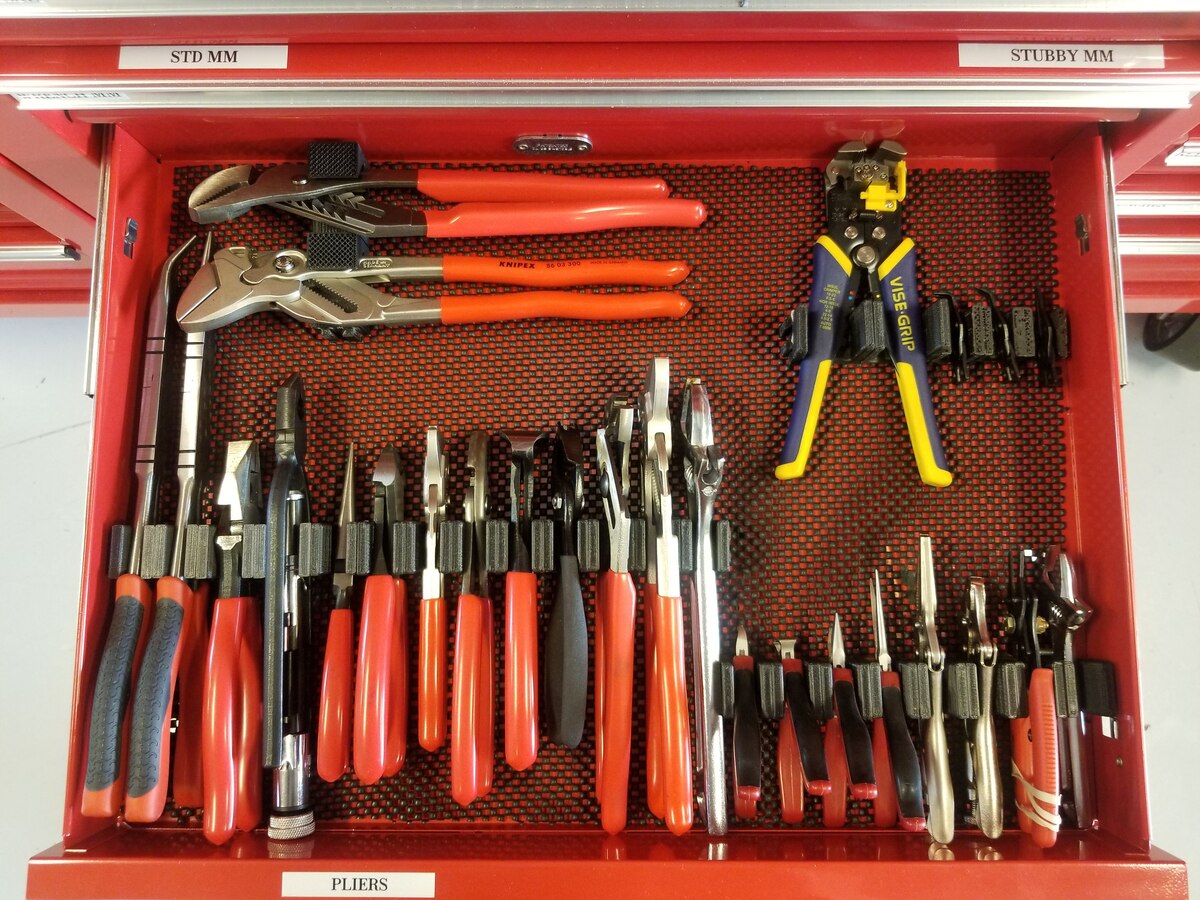

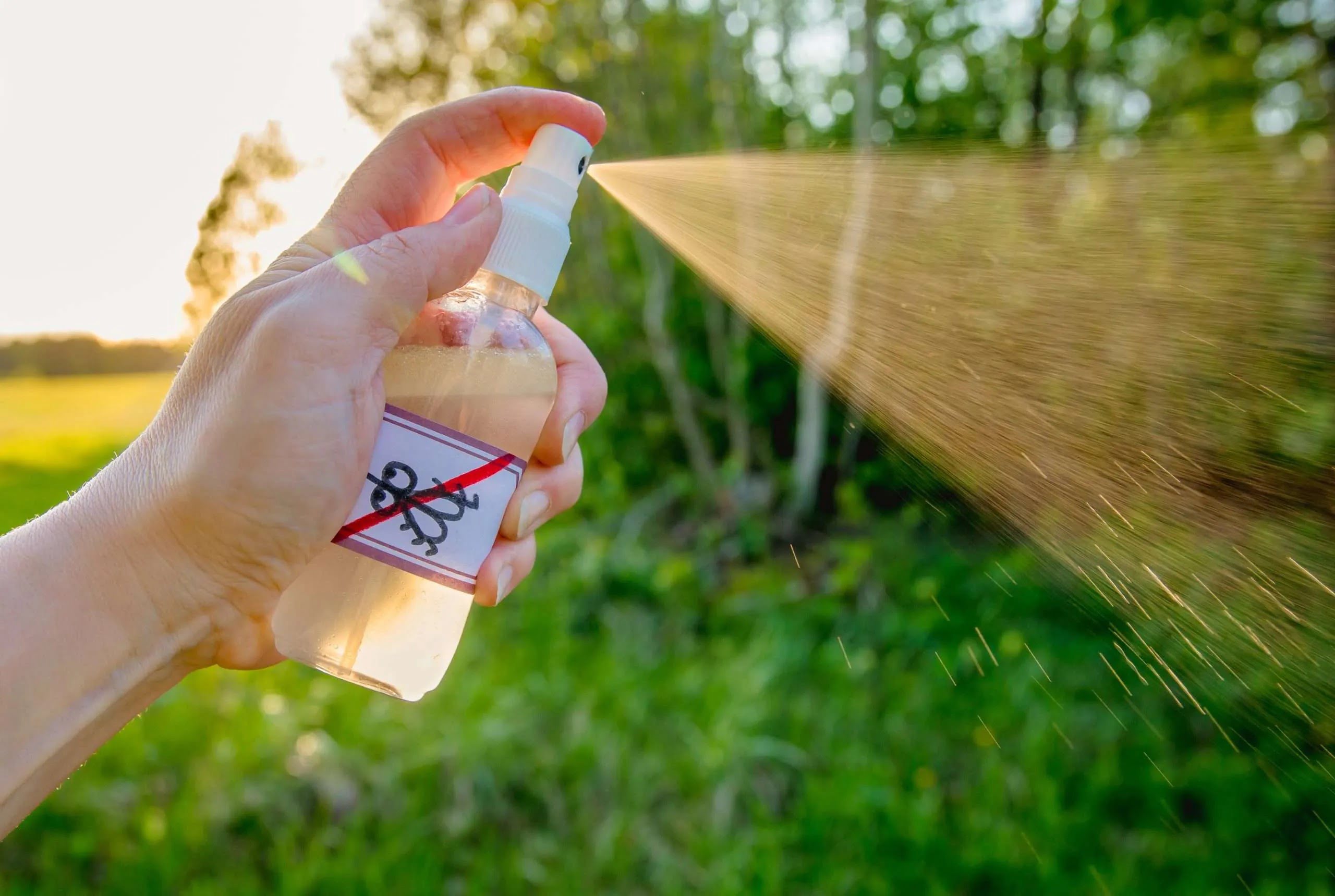
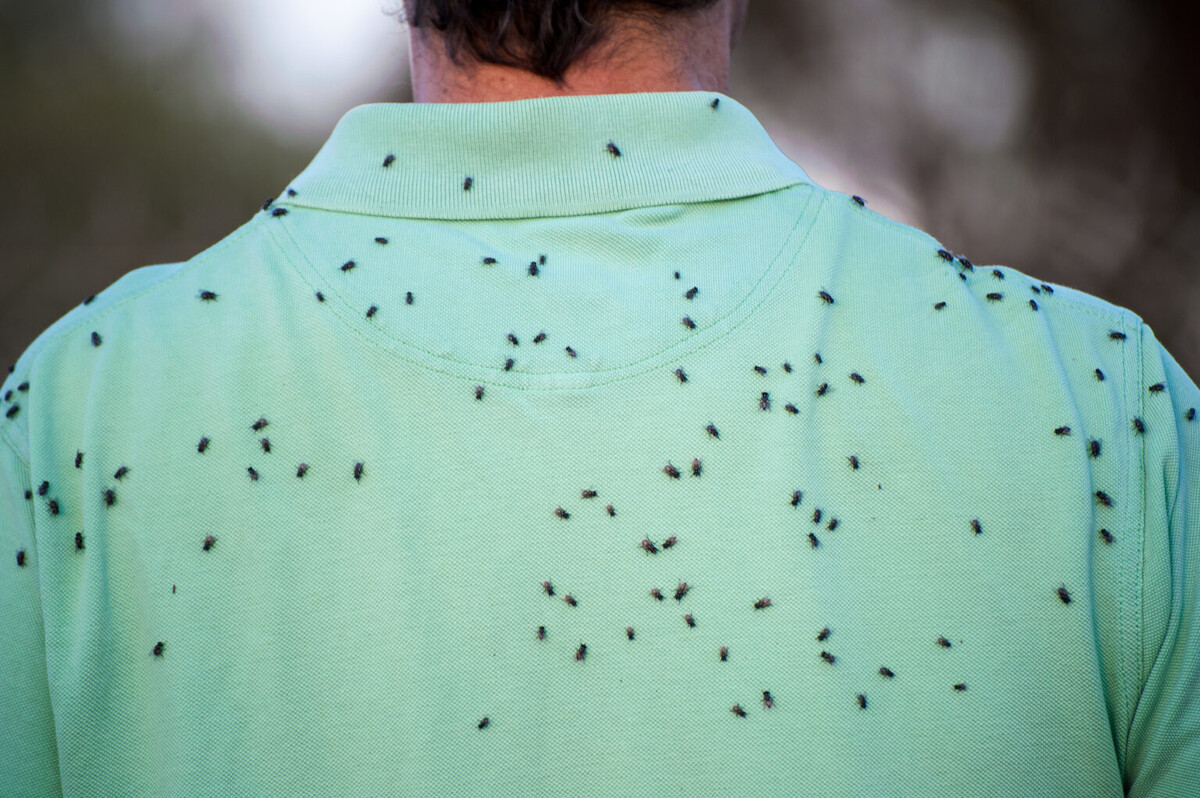

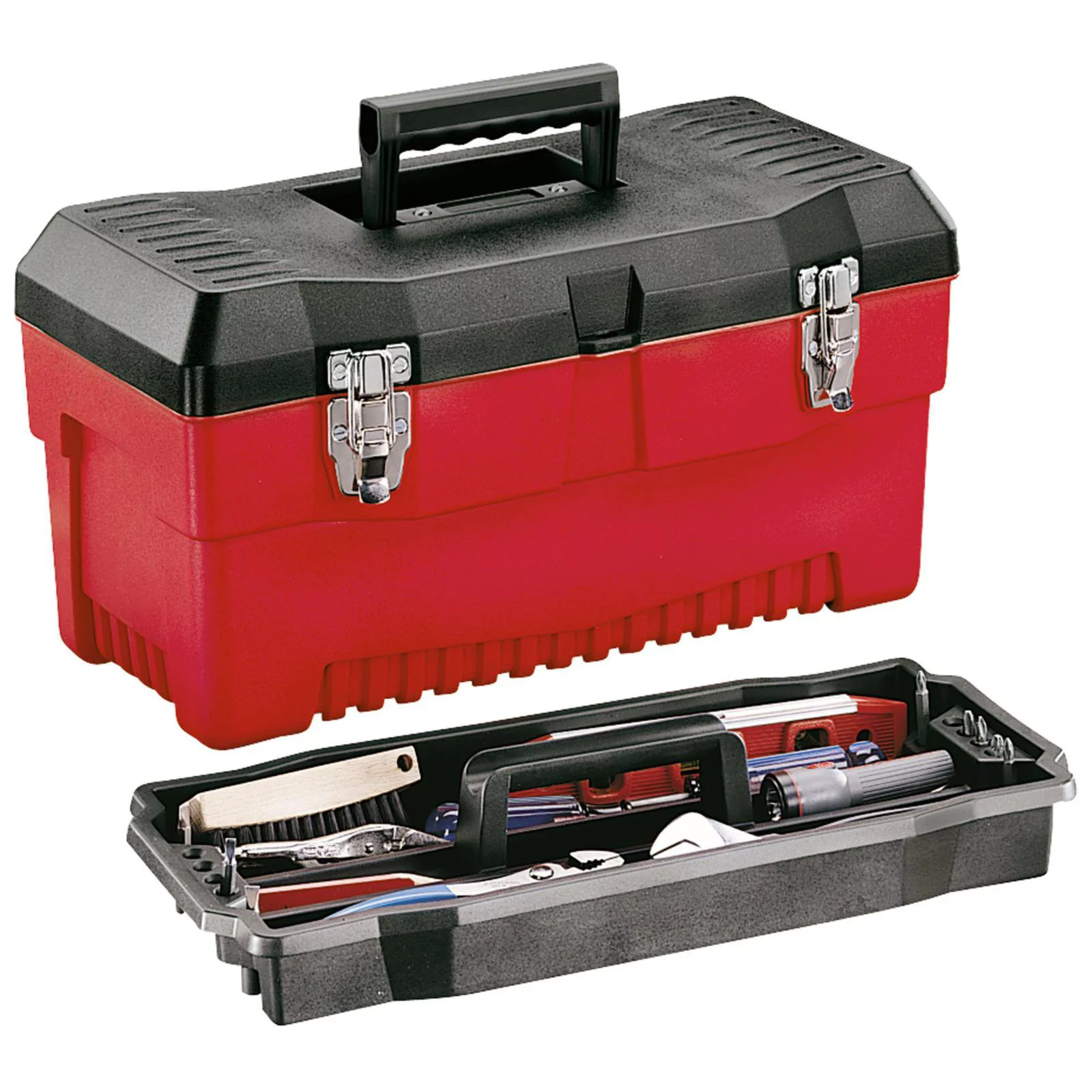
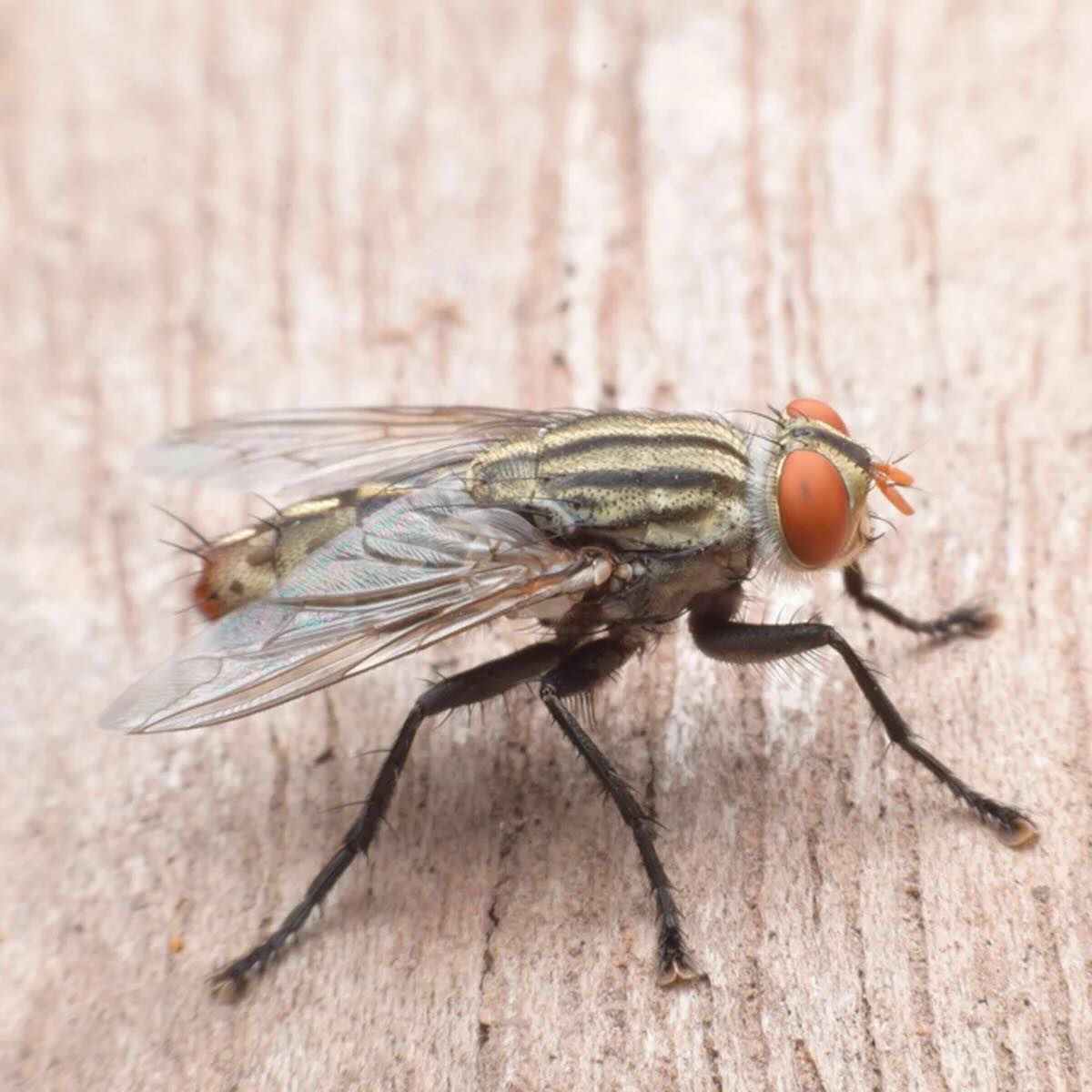
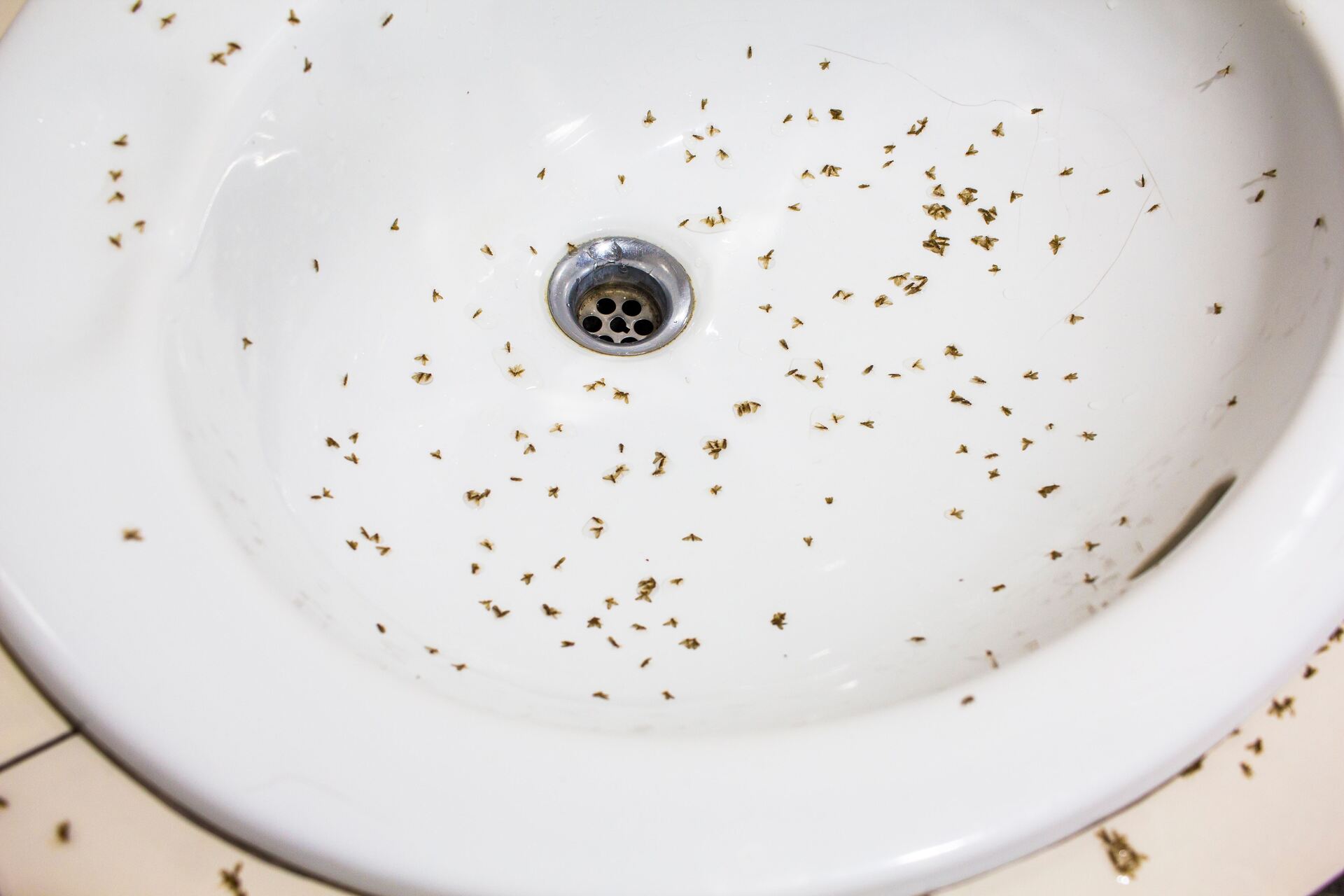
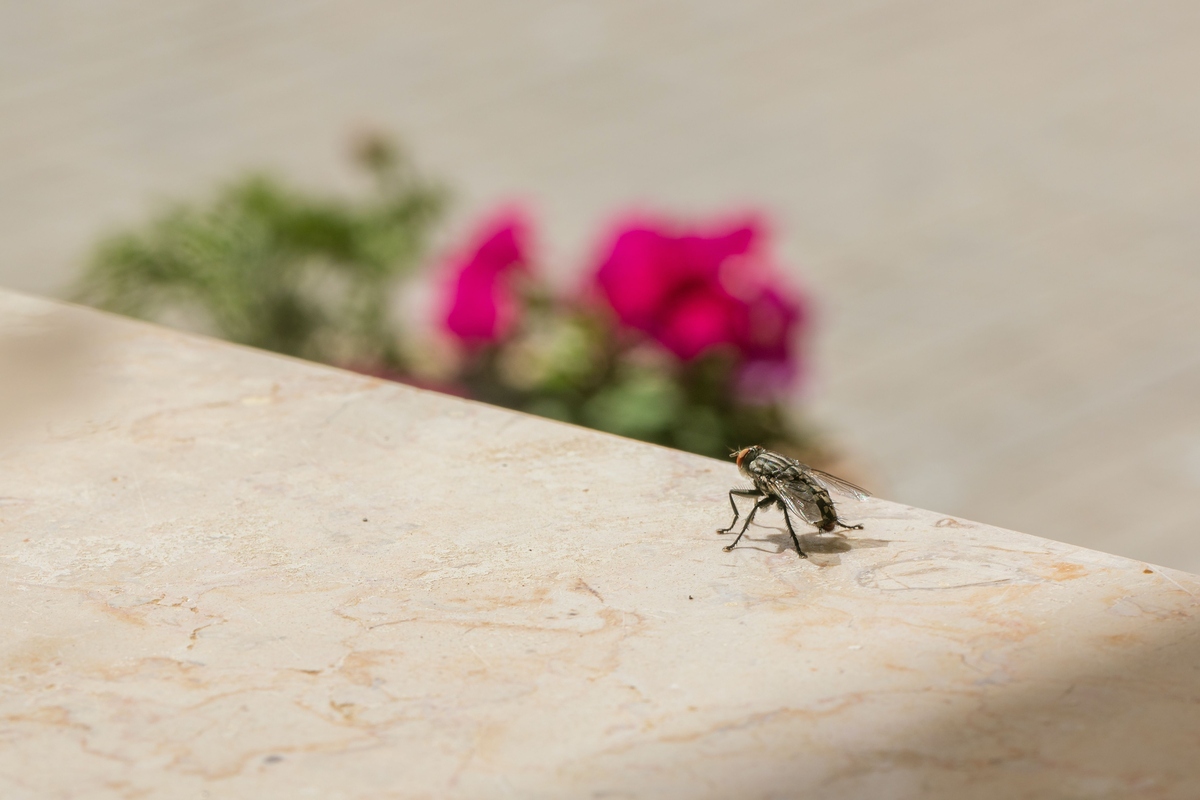
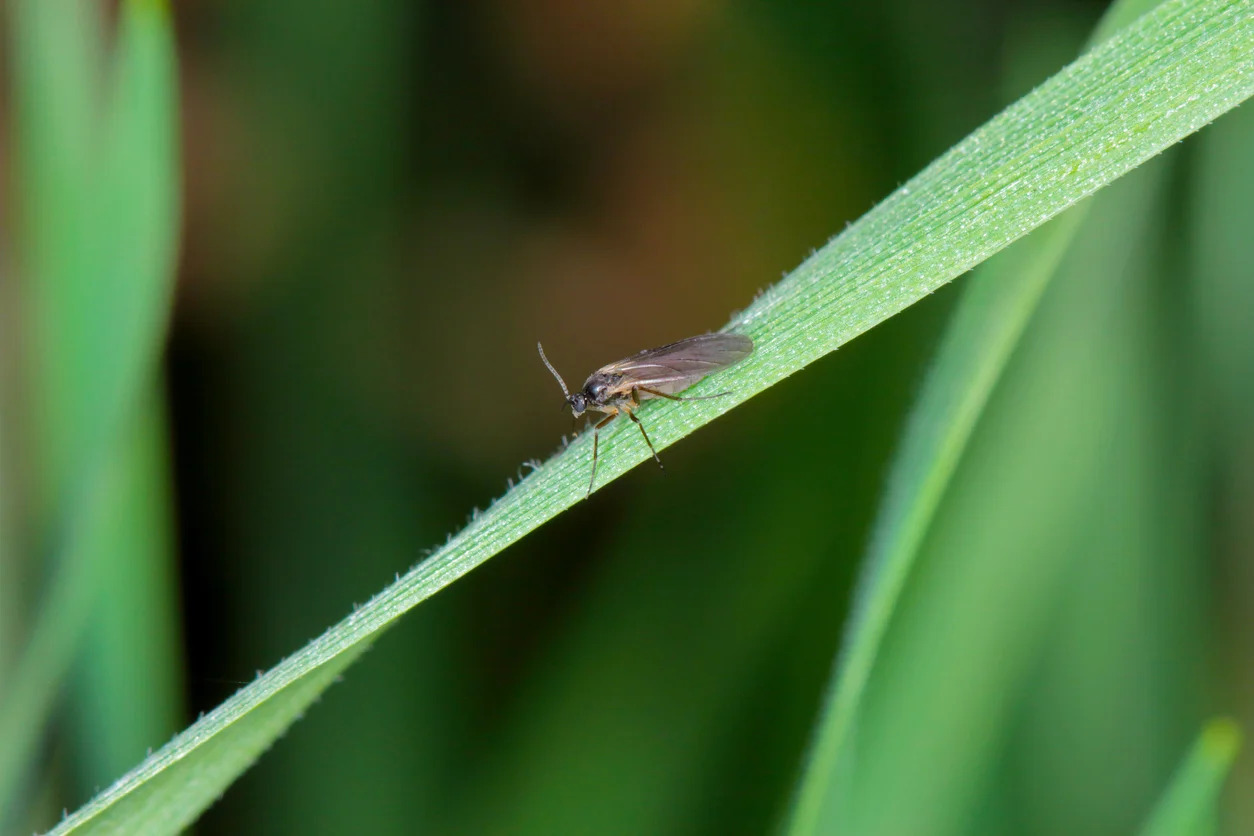
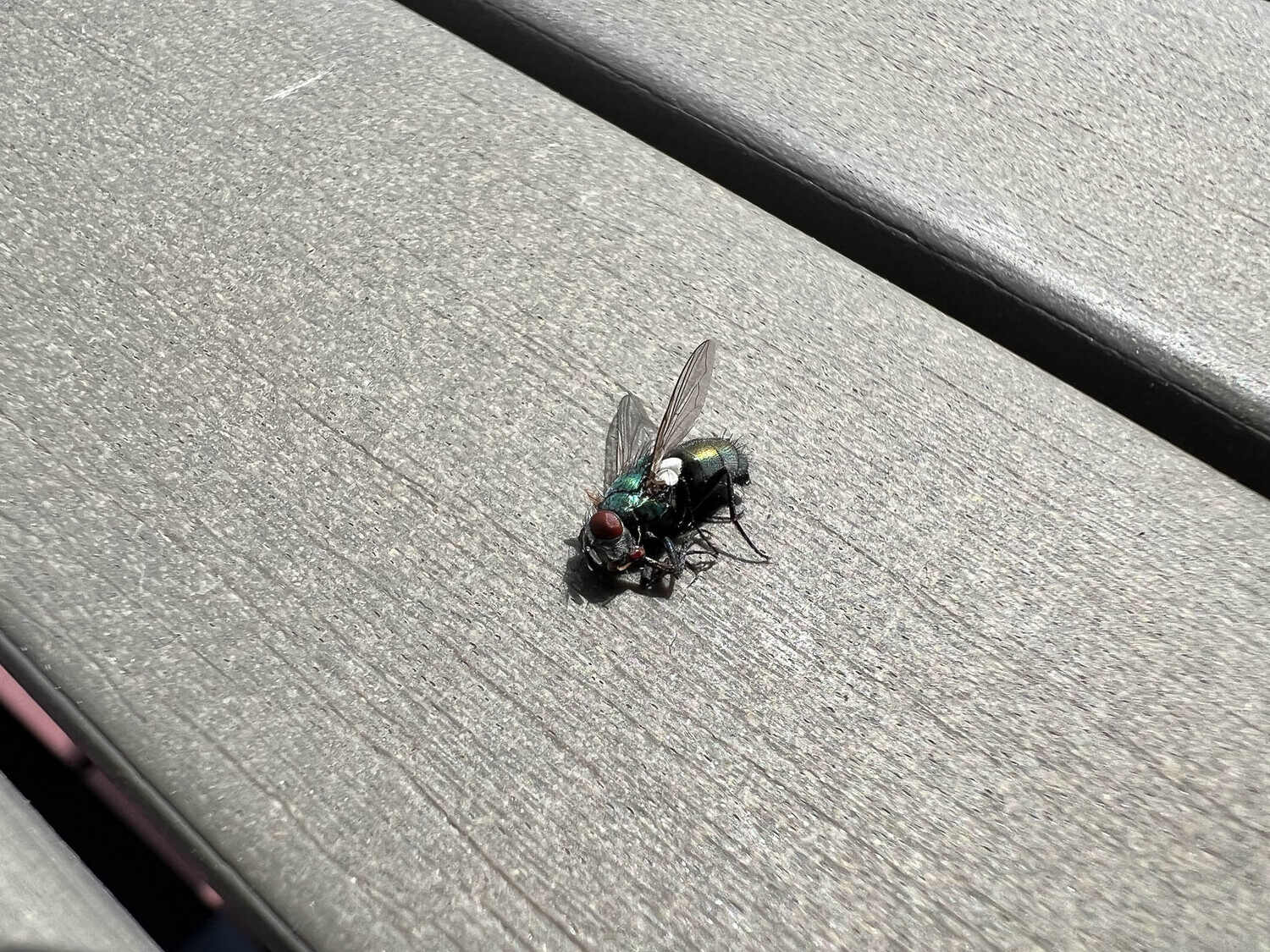
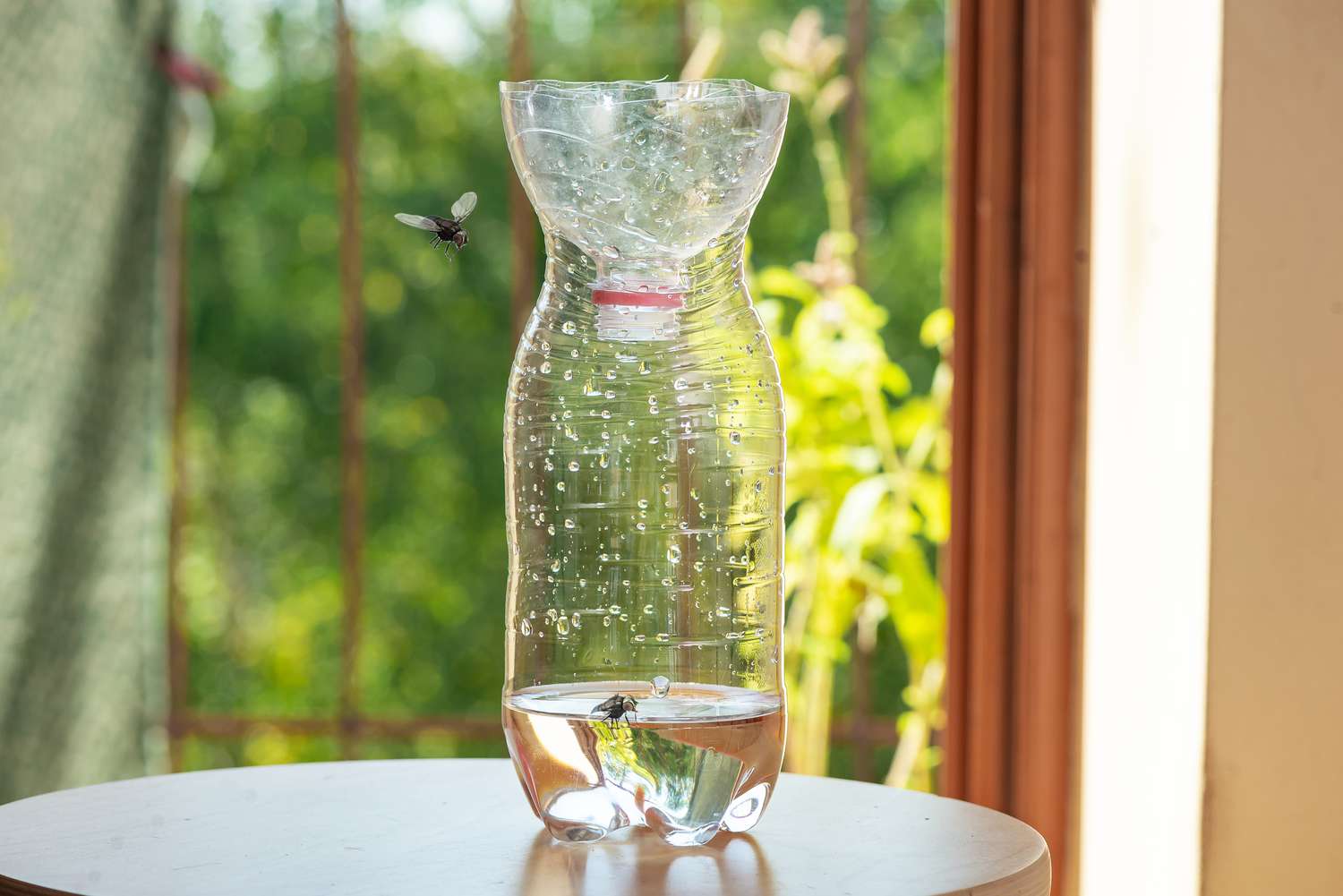
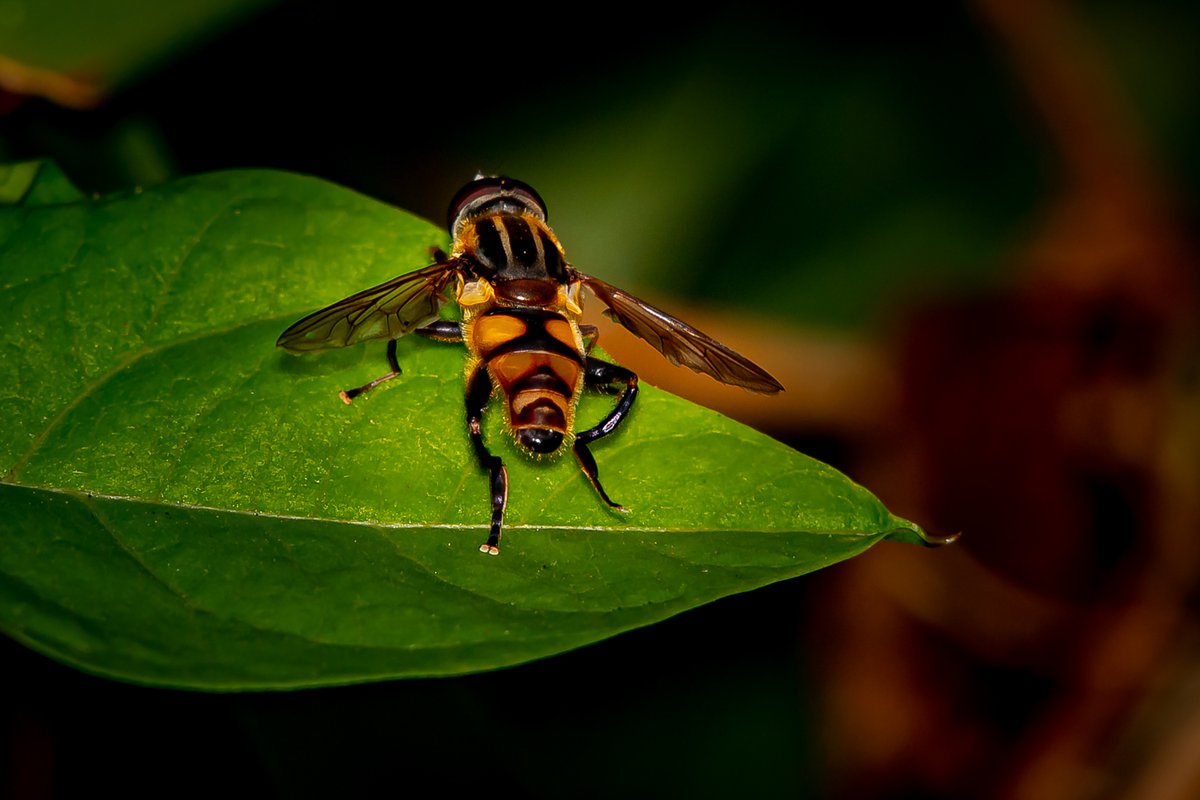

0 thoughts on “How To Organize A Fly Box”